#Science rocks
Text

I thought this was amazing. Acellular fish skin. SO COOL
7 notes
·
View notes
Text
🎵Book fair! Book fair! Scholastic Book Fair! I work in a school, where the Book Fair's in town~ 🎵
I'm basically a child, but with money.



0 notes
Text
Carl Sagan Day
This guy has some of the greatest quotes ever.
“We live in a society exquisitely dependent on science and technology, in which hardly anyone knows anything about science and technology.” - Carl Sagan
#CarlSagan #CarlSaganDay #ScienceRocks #UniversalTruths #CreateAwesomePro #CreateAwesomeDP
#science#carl sagan#carl sagan day#science rocks#cosmos#planet#universe#outer space#CreateAwesomePro
1 note
·
View note
Text
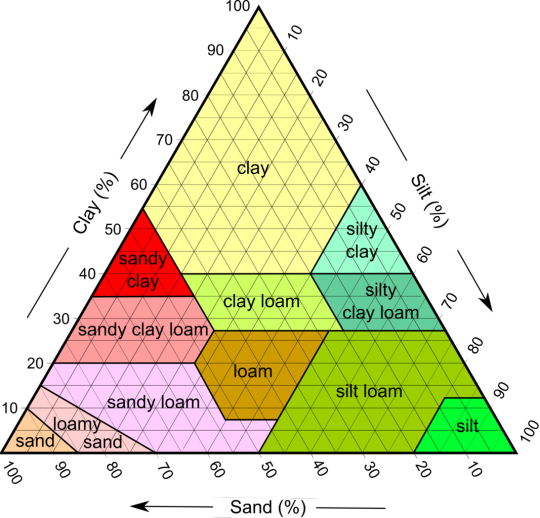
#i just kinda want to see what happens#kets kerfuffle#soil#dirt#farming#geology#agriculture#rocks#science
28K notes
·
View notes
Text
i wish i lived forever so that i could witness more, if not all, scientific revelations
jun 5
0 notes
Text

Today’s Exhibit of the Day? It’s one of the largest amethyst geodes in the world! At about 13 ft (4 m) tall and 9,000 lbs (4,082 kg), this giant weighs about as much as three compact cars. It was born when molten magma poured from the Earth’s crust some 135 million years ago. While its dazzling purple crystals might catch your eye, this geode would have originally been composed of colorless quartz—its distinctive amethyst color deriving from millenia of natural radiation, heat, and trace contaminants.
You can spot this geode, and other sparkly specimens, in the Museum’s Mignone Halls of Gems and Minerals. We're open daily from 10 am-5:30 pm! Plan your visit.
Photo: D. Finnin/ © AMNH
#science#amnh#museum#nature#natural history#fact of the day#did you know#gems#minerals#rocks#geology#amethyst#geode#natural history museum
2K notes
·
View notes
Text
i think the most beautiful thing in chemistry is entropy - a measure of the randomness of the universe.
0 notes
Text

#biology#sciblr#stem#science#paleontology#geology#geoscience#rocks#mineralogy#minerals#fossil#fossils#dinosaurs#dinosaur#paleoblr#prehistoric animals#prehistoric#earth science#triceratops#paleoart#paleomedia#dinos#stegosaurus
3K notes
·
View notes
Text

A display of emeralds from the new source in the Yukon, (enlarged). Generally of small size, under 0.5cts.
#my scans#jewels#rocks#science#nature#naturecore#geology#stones#gems#gemstones#aesthetic#fairycore#whimsicore#emerald#emeralds#yukon
479 notes
·
View notes
Note
Hi I saw your reply on a post about weird things people believe in (in terms of science) and you wrote about that unless one stands on a volcano, its solid rock down to the outer core and I had to google it because I was always taught that THE MANTLE IS LIQUID not by movies but by SCHOOL and now I learn it's a case of 'technically-' and I'm shaking so, uh, thanks.
Hello! Sorry I sat on this, I wanted to respond with this earth structure diagram I've been working on. I think most public schools in the US do a terrible job of teaching geology and it actually drives me insane lol. Also, if learning the mantle is not liquid blew your mind, then this is gonna blow your mind too...
The mantle is green!
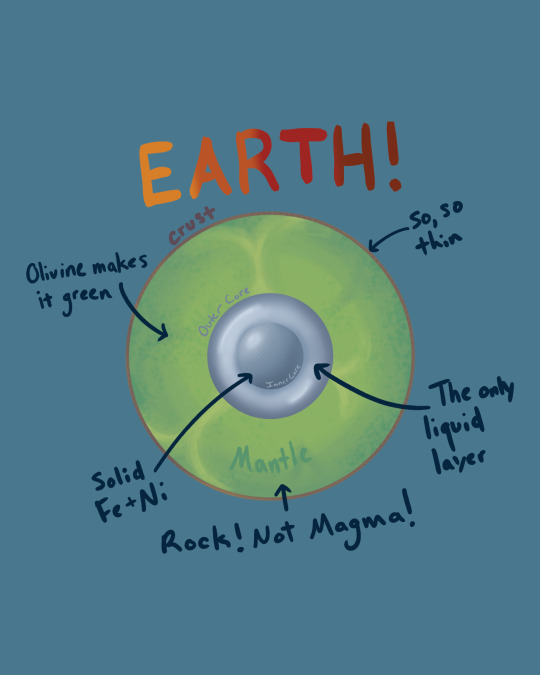
This is a pretty quick and dirty diagram, but I wanted to show the earth in a way that we don't usually think about (usually it just looks "hotter" as you go toward the center). Here are some earth facts I wish everyone knew:
The Crust - relatively super thin, very brittle, mostly granite, and things get weird where the crust transitions to mantle and where plates collide (might make a second post on that).
The Mantle - primarily made up of a rock called peridotite, which has lots of olivine in it and is blasphemously green. Also the mantle is pretty much all rock, maybe a little magma here and there, but it's pretty minor. But because all that rock is really, really hot it can deform plastically and it actually undergoes convection (it moves!) Mantle upwelling (shown in that lighter green) is actually a huge driver of plate tectonics.
The Core - made of an iron and nickel alloy, the outer core is liquid (because it's so hot) and the inner core is solid (because the pressure is so high). This dual metallic core generates Earth's magnet field (our planet is one big magnet). We also suspect that inner core has Widmanstätten patterns, similar to those we find in meteorites.
So yeah, hoped you liked some more earth facts 😅
#geology#rocks#minerals#earth#science#earth science#planets#probably gonna put this on redbubble?#my art#geolife
5K notes
·
View notes
Text

Al Naslaa, earths most bizarre geological rock formation
In the Saudi Arabian desert, the Al Naslaa rock formation looks completely unnatural. Its perfectly vertical split remains a mystery. With petroglyphs dating back thousands of years and evidence of human inhabitants dating back to the Bronze Age, the Al Naslaa rock formation towers over its surroundings.
628 notes
·
View notes
Text
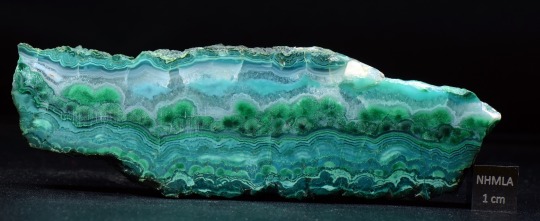


Gem Silica (Chrysocolla and Malachite)
#gems#malachite#chrysocolla#minerals#rocks#stones#green#blue#teal#earth#nature#science#photography#1k
3K notes
·
View notes
Text
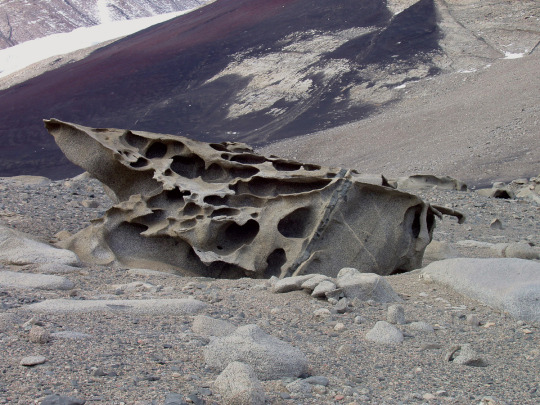
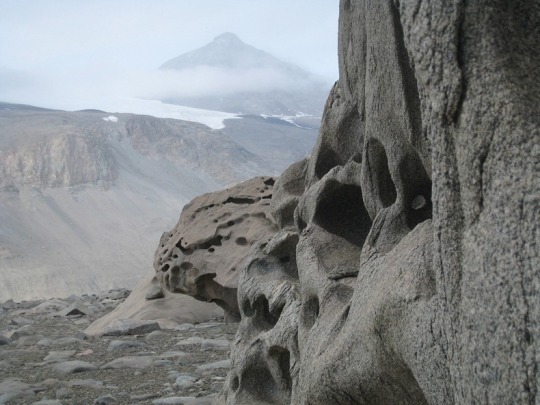

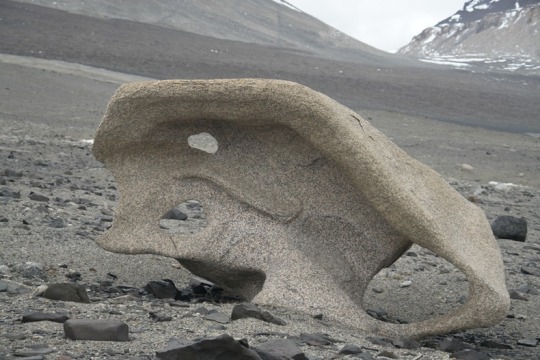
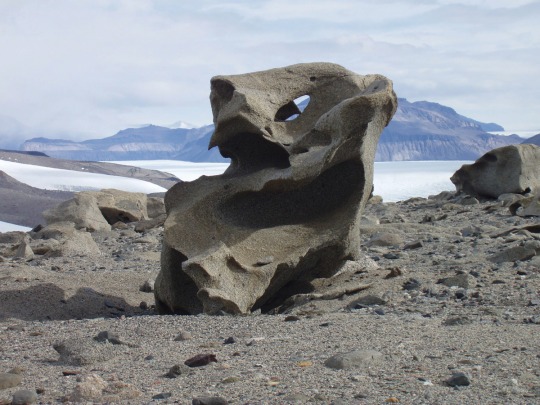
The aeolian processes of katabatic winds in Antarctica’s McMurdo Dry Valleys shape boulders into surreal formations
#ultimate life goal is to visit here#antarctica#mcmurdo station#mcmurdo dry valleys#desert#geomorphology#geology#rocks#aeolian processes#aeolian landform#earth science
548 notes
·
View notes
Text
Geology and the Economy/Trade in Your Fictional World: Explained
Hi, I'm Bird. I am a geology Ph.D. student and I love reading fiction and playing videogames, however something that can really pull me out of a fictional universe is a lack of understanding of basic geology, and how that would influence your fictional world. Today I will cover geology that can effect trade, some landscape features, and construction!
Things that are typically necessary/desired in a fictional world are building materials, gemstones/precious metals, and fossil fuels/ sources of energy. However, a lot of these things are not found together, and they typically have some features to make them more distinct in terms of landscape, so lets talk about it!
Gemstones/ Precious metals and landscape features
Typically, gemstones can be found in two different rock types. The first is intrusive igneous rocks (magma that slowly cooled underground to form course-grained rocks like granite) and high grade metamorphic rocks (rocks that got put under intense heat and pressure under the earth's surface). Some minerals are more likely to form in particular conditions than others, but for the most part these minerals can be found interchangeably within both of these places. *Note: this is a gross oversimplification but we are starting small
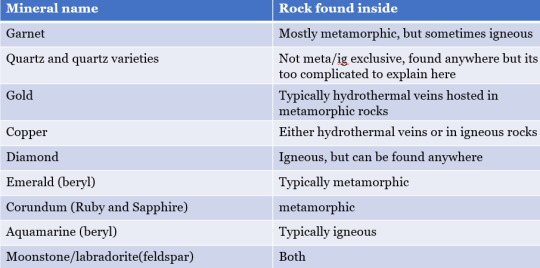
(Yes it is a shitty chart better pictures will come further in the post)
If you are writing these minerals based off and igneous deposit, good descriptions for the rocks would be speckled, with mineral grains of about the same size and varying in color. They should NOT be striated, and they will often form bald (unforested) cliffs that are typically rounded and not jagged.
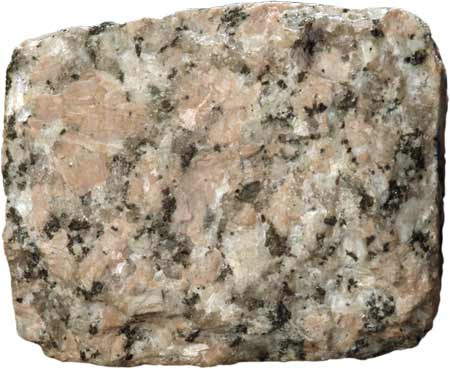

If you are writing with metamorphic rocks, you would expect these rocks to be layered, typically having light and dark layers with some minerals possibly being much larger than the others surrounding it. These textures can definitely (sometimes) be observed from a distance.

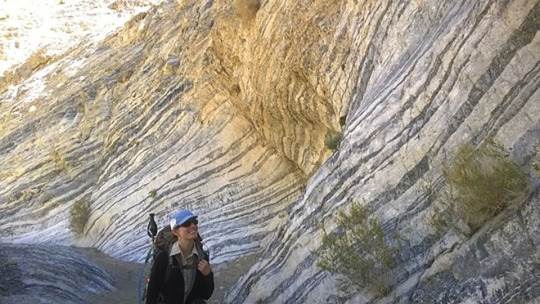
*Final notes about minerals* Quartz varieties are difficult, quartz can be found in volcanic, metamorphic, sedimentary, and intrusive igneous settings. If you are writing about agate specifically it is almost always volcanic in nature.
Diamonds are found in volcanic ash deposits called kimberlites, these deposits can occur in any rock type, so while they are igneous, they can be found anywhere. They have zero connection to the surrounding rocks.
2. Fossil Fuels
If a region is producing oil or coal, it is going to be from a sedimentary environment that is very rich in ancient plant material (like millions of years old). A unique feature of these locations would be finding lots of plant fossils, and rocks that can be found in association with these would be sandstone, shale, conglomerates/breccias, and limestones. Sedimentary rocks form in layers, so if exposed the layers will be very visible from a distance. You can also get unique features due to preferential weathering (fancy way of saying some rocks are harder than others, so when exposed to the same weather some rocks will break down faster than others). Also, natural oil seeps are a thing in places where natural oil is prevalent, but I couldn't find a good picture sorry.
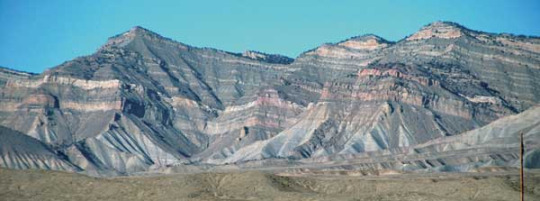
3. Building Resources
based on the rocks found in each region, the buildings will be made out of different materials, so lets breakdown what building materials would be used based off what rocks are present in the location.
Sedimentary rocks- lots of options here, so I will just info dump. If the region is drier, limestone is a good choice, historically may desert areas use limestone, it is soft and easy to carve, but it will dissolve slowly with rain. Sandstone is a durable rock that can be used, but it is very hard as it is made of quartz. Clay! shale breaks down in humid environments and will often make clay, this is a great, amazing building resource that could drive economy.
Metamorphic rocks- Marble.... if you want to make luxurious marble temples, metamorphic rocks are a must! Other comments, metamorphic rocks will often have layers of weaker minerals and stronger minerals, that means they will break along a defined surface. A lot of older houses in the Italian Alps (Aosta Valley) use these rocks for roofing. Slate roofing is also common in a lot of places, slate is formed from really low grade metamorphism, so this resource can be available in both sedimentary and metamorphic locations within reason.
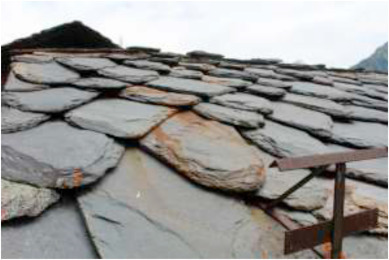
Igneous- Granite (light) and Gabbro (dark) is very hard and therefore it is used frequently in countertops today. This is also important because these rocks will take a high shine from polishing. Igneous rocks are also perfect for making cement! Volcanic ash mixed with quicklime and salt water is the recipe for roman concrete which is arguable much better than current day concrete but otherwise doesn't offer much more benefit.

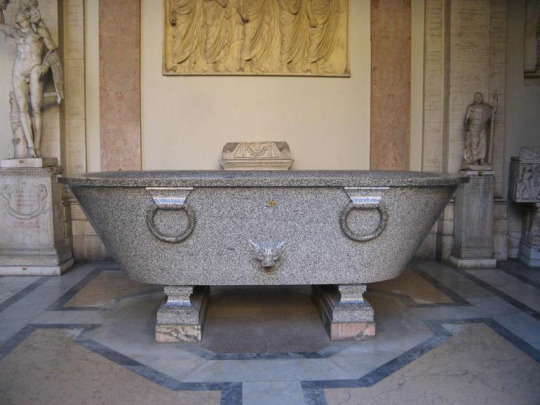
Thank you if you made it this far, I want to make more guides in the future to hopefully cover more geology topics that can influence a story (possibly natural disasters and associated landscape features for subtle foreshadowinggggg)
This guide is very simplified! It is supposed to cover a lot of information for people who may not know a lot about geology, but are interesting in creating fictional universes! If you know a lot about geology already, please avert your eyes, or comment something additional!
#geology#rocks#science#creative writing#dnd#worldbuilding#writeblr#fictional world#dnd worldbuilding#writerscommunity#writing resources#writing tips#writing prompt#stem#worldbuilding stuff
534 notes
·
View notes
Text

What are orbicules? This piece of granite comes from the Yilgarn Craton in Western Australia, an ancient piece of continental crust that began forming about 2.7 billion years ago. It’s one of the oldest enduring landmasses on Earth. Orbicules are the unusual ball-shaped, radial clusters of crystals that you can see on this rock. The diversity in the orbicules’ mineral composition and structure indicate that the conditions in the magma changed as they grew. See this specimen and more than 5,000 others in the Mignone Halls of Gems and Minerals. We're open daily from 10 am–5:30 pm! Plan your visit.
Photo: © AMNH
#science#amnh#museum#nature#natural history#fact of the day#did you know#word of the day#orbicules#gems#minerals#rocks#geology#earth science#museum of natural history#natural history museum#granite
571 notes
·
View notes



